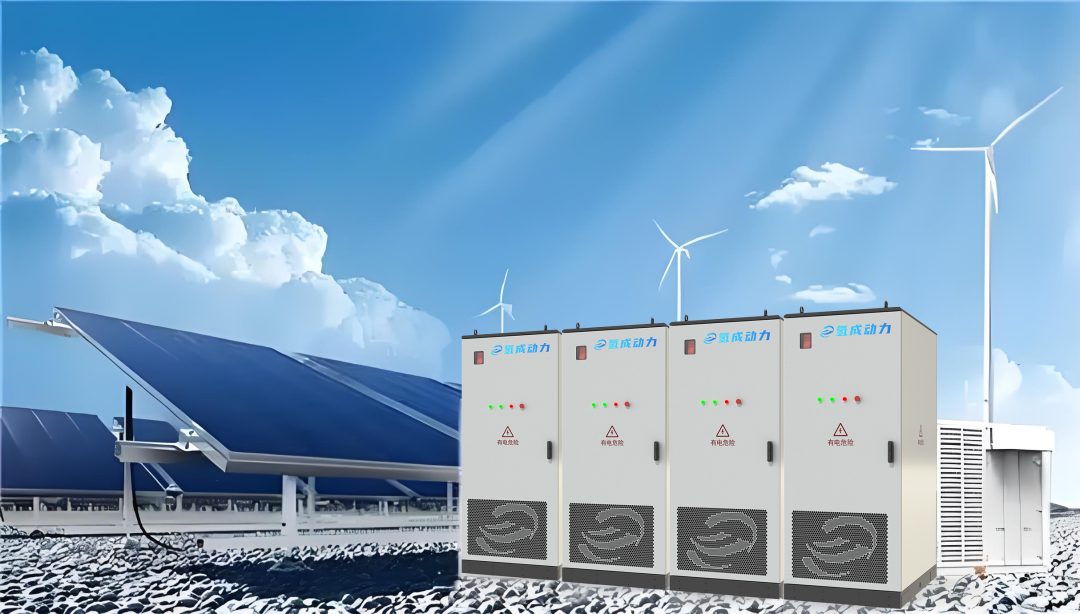Energy Storage Insights: Tracking Industry Hotspots!
Release time:
2025-10-20
Source:
On October 13, the National Development and Reform Commission and the National Energy Administration jointly issued the Notice on Printing and Distributing the "Inter-Provincial and Inter-Regional Power Emergency Dispatch Management Measures" (NDRC Operation Regulation [2025] No. 1193), which will take effect on October 1, 2025, with a validity period of 5 years.

National Policies and Headlines
02 The National Development and Reform Commission has issued an announcement seeking public input on the "Implementation Measures for the Minimum Proportion Target of Renewable Energy Consumption and the Responsibility Weight System for Renewable Energy Power Consumption (Draft for Comments)."
03 The National Development and Reform Commission has issued a notice on the promulgation of the "Special Management Measures for Central Budget-Funded Investment in Energy Conservation and Carbon Reduction."
04 The "Three-Year Doubling Action Plan for Electric Vehicle Charging Infrastructure Capacity (2025–2027)," released by the National Development and Reform Commission, the National Energy Administration, and other relevant departments
Local Policies and Headlines
On October 15, the Zhejiang Provincial Development and Reform Commission publicly sought opinions on the "Notice from the Provincial Development and Reform Commission Regarding Matters Related to Optimizing Time-of-Use Electricity Pricing Policies (Draft for Comments)." Compared to the current policy, the 4-hour period from 7:00 a.m. to 11:00 a.m. throughout the year will now be adjusted to the regular rate period, while the 7-hour window from 4:00 p.m. to 11:00 p.m. will be shifted to the peak (peak) period. Additionally, the midday off-peak period will be extended by one hour.
02 Hebei Provincial Development and Reform Commission and six other departments jointly issued the "Notice on Strengthening Safety Management of Electrochemical Energy Storage Power Stations."
On October 9, Hebei's Development and Reform Commission along with six other departments jointly issued the "Notice on Strengthening Safety Management of Electrochemical Energy Storage Power Stations," which clearly states: Grid companies must rigorously oversee the grid connection and acceptance processes for electrochemical energy storage stations. Any station failing to meet national (or industry) grid-connection technical standards will be strictly prohibited from connecting to the grid while still flawed. In the early stages, a comprehensive analysis of the project's safety production conditions and facilities must be conducted, resulting in a written report that should be properly archived for future reference. After completion or trial operation, a thorough inspection of the project's safety facilities is required—any identified issues must be promptly addressed and rectified. Finally, once the project has been operational for a certain period, a safety assessment should be carried out to ensure the entire lifecycle of the project remains safe and reliable.
Key words:
Recommended News
Contact
Address: Chanhe Innovation Technology Park, No. 2 Zhenxing Road, Chanhe Hui District, Luoyang City, Henan Province
Tel:0379-63869669
Mailbox:info@hydromobility.cn
Scan

Copyright©2023 Qingcheng Power Technology(Luoyang) Co.,Ltd. This website supports ipv6
Copyright©2023 Qingcheng Power Technology(Luoyang) Co.,Ltd.
This website supports ipv6






